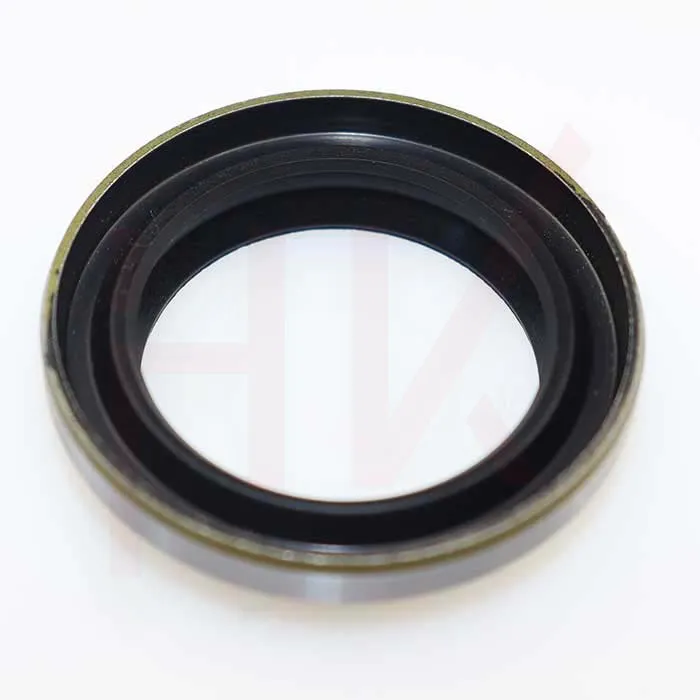Sep . 02, 2024 05:46 Back to list
hydraulic motor seals
Understanding Hydraulic Motor Seals A Critical Component in Hydraulic Systems
Hydraulic motors are essential components in various industrial applications, where they convert hydraulic energy into mechanical energy. One of the critical aspects that ensure the efficiency and longevity of hydraulic motors is the seals used within them. Hydraulic motor seals play a crucial role in preventing fluid leaks, maintaining pressure, and ensuring the smooth operation of the motor. Understanding the types, functions, and maintenance of these seals is essential for optimizing the performance of hydraulic systems.
At their core, hydraulic motor seals are designed to provide a barrier between different components to prevent hydraulic fluid from escaping. This escaping fluid not only leads to decreased efficiency but can also cause environmental hazards and increase operational costs. Seals typically found in hydraulic motors include O-rings, lip seals, and backup rings, each serving distinct purposes depending on the specific requirements of the hydraulic system.
Types of Seals
1. O-Rings These ring-shaped seals are among the most common in hydraulic applications. Made from various elastomers, they provide excellent sealing capabilities under compression. O-rings are versatile and can be used in different sizes and shapes, making them suitable for various hydraulic systems.
2. Lip Seals These seals have a lip that presses against the shaft or housing, creating a tight seal that minimizes leakage. They are often used in rotary applications, such as hydraulic motors, where dynamic sealing is required.
hydraulic motor seals

3. Backup Rings Often used in conjunction with O-rings, backup rings provide additional support to prevent the O-ring from extruding under high-pressure conditions. They enhance the sealing performance and increase the lifespan of the seal.
Function of Seals
The primary function of hydraulic motor seals is to maintain the integrity of the hydraulic system. They prevent the loss of hydraulic fluid, which is vital for the proper operation of the motor. Additionally, seals protect the inner components from contaminants, such as dirt and dust, which can cause wear and damage. Proper sealing ensures that the hydraulic system can operate at optimal pressure, enhancing the overall efficiency and performance of machinery.
Maintenance and Replacement
Regular maintenance of hydraulic motor seals is crucial for preventing leaks and other operational issues. Signs of seal failure include visible leaks, decreased performance, and unusual noises coming from the motor. It’s important to inspect seals regularly and replace them as needed to avoid extensive damage to the hydraulic system. Proper installation techniques and selecting the right materials for seals based on the operating environment are also vital for ensuring longevity.
In conclusion, hydraulic motor seals are a fundamental component in hydraulic systems, providing essential functions that ensure efficient and reliable operation. Understanding the types and functions of these seals, along with implementing a robust maintenance strategy, can significantly enhance the performance and lifespan of hydraulic motors. As industries continue to evolve, the importance of high-quality seals in maintaining operational efficiency and safety cannot be overstated.
-
Unlocking the Potential of Hydraulic Systems with Essential Sealing Solutions
NewsAug.06,2025
-
Unleash the Power of Your Hydraulic Systems with Our Premium Seal Kits
NewsAug.06,2025
-
Specialized Hydraulic Seal Kits for Breakers, Pistons, and Presses
NewsAug.06,2025
-
Revitalize Hydraulic Systems with Premium Repair and Seal Kits
NewsAug.06,2025
-
Fortify Your Cylinders with Premium Sealing Solutions
NewsAug.06,2025
-
Elevate Hydraulic System Reliability with Specialized Seal Kits
NewsAug.06,2025
-
TCN Oil Seal Metal Ring Reinforcement for Heavy Machinery
NewsJul.25,2025
Products categories
















